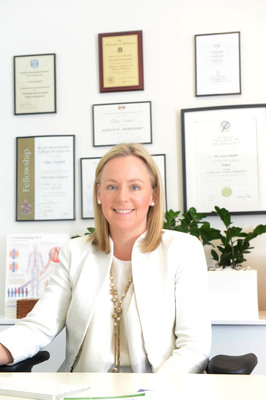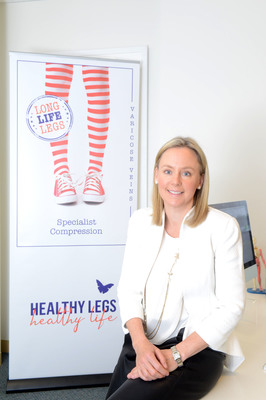It’s the biggest killer of pregnant women in the developed world – but it is not a topic often spoken about.
During pregnancy, your blood is more likely to clot as a safeguard against losing too much blood during labour – but this opens the door for deep vein thrombosis, which happens when blood clots form in the legs and pelvic region.
Dr Claire Campbell from Vascular Health Group is making it her mission to raise awareness of blood clots in pregnancy.
“It is important because it often gets misdiagnosed,” she said.
“Pregnant women can present with a red hot tender lump in their leg and it often gets treated as an infection.
“Which is worrying because if it’s a superficial clot, nearly 30 per cent of people can have a concurrent clot in their deep vein – and they are the ones that can be life threatening.”
Dr Campbell says clots in the deep vein, better known as DVT, are the leading cause of maternal death in the developed world.
And pregnant women who are 35 or over, obese, have a past history of clotting, family history of clotting, carrying more than one baby, have gestational diabetes or an autoimmune disease are more at risk.
As are women who have received fertility treatment.
“Pregnancy itself increases the risk of getting clots by five times, because the baby is sitting on the pelvic veins and your body becomes less active propelling blood out of your legs and because of changes in the blood clotting factors,” she said.
And there are things you can do to help mitigate the risk including staying well hydrated, avoiding long travel of more than four hours, staying active, maintaining a normal weight and wearing compression.
But it’s an uphill battle to make other health practitioners aware of the dangers, because in the past pregnant women were often told it was safer to leave varicose veins than to treat them.
In the past, the risks posed by treatment were possibly greater than any benefit.
But with time technology has changed, and treatment is now far safer and almost 100 percent successful and can be performed under local anaesthetic in the rooms with immediate recovery.
“We are trying to raise awareness so that mums can feel comfortable to say to their doctors, I’m concerned I have a clot, and assume it’s a blood clot until disproven on ultrasound, ” Dr Campbell said.
SIGNS YOU MAY HAVE A CLOT:
– Red hot tender lumps
– Swelling in the legs, pain in the calf or leg, and localised redness or difficulty walking









